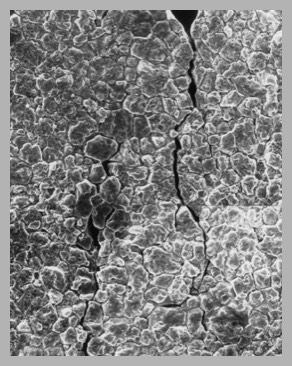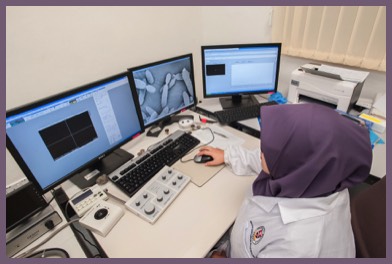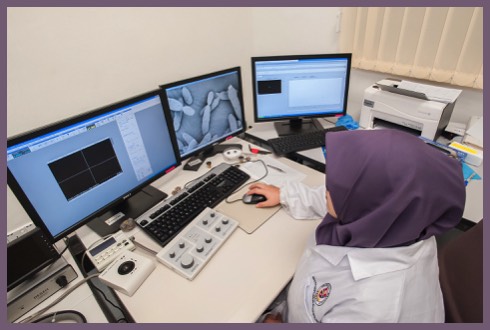
Stress Corrosion Cracking (SCC)
of a Type 316 Stainless Steel U-Bend Sample
After Exposure to a Highly Chlorinated
High-Temperature Environment
Stress Corrosion Cracking (SCC)
of a Type 316 Stainless Steel U-Bend Sample
After Exposure to a Highly Chlorinated
High-Temperature Environment
Above Figure: D.B. Mitton et al
"Evaluating Stress Corrosion and Corrosion Aspects
in Supercritical Water Oxidation Systems
for the Destruction of Hazardous Waste"
Paper 203, Corrosion '97 (1997).
© NACE International
Above Figure: D.B. Mitton et al
"Evaluating Stress Corrosion and Corrosion Aspects in Supercritical Water Oxidation Systems
for the Destruction of Hazardous Waste"
Paper 203, Corrosion '97 (1997).
© NACE International


